Your Gaseous signaling molecules and their receptors images are available. Gaseous signaling molecules and their receptors are a topic that is being searched for and liked by netizens today. You can Find and Download the Gaseous signaling molecules and their receptors files here. Find and Download all royalty-free photos.
If you’re looking for gaseous signaling molecules and their receptors images information linked to the gaseous signaling molecules and their receptors interest, you have come to the ideal site. Our site frequently gives you suggestions for seeking the highest quality video and image content, please kindly hunt and locate more informative video articles and images that fit your interests.
Gaseous Signaling Molecules And Their Receptors. During endocrine signaling messenger molecules reach their target cells through the bloodstream. Both the ethylene receptors and CTR1 are negative regulators of ethylene responses. 1 endogenous generation via a controllable enzymatic reaction by metabolism of sulfur-containing amino acids in the body. The types of molecules that serve as ligands are incredibly varied and range from small proteins to small ions like calcium Ca 2.
 Ppt Cell Signaling I Signaling Molecules And Their Receptors Powerpoint Presentation Id 5777182 From slideserve.com
Ppt Cell Signaling I Signaling Molecules And Their Receptors Powerpoint Presentation Id 5777182 From slideserve.com
Carried out by exocytosis while some by simple diffusion. Intercellular communication often involves soluble factors such as cytokines chemokines gaseous molecules nitric oxide NO carbon monoxide hydrogen sulfide growth factors and neurotransmitters and specific recognition by cell-surface receptors 74. 1 endogenous generation via a controllable enzymatic reaction by metabolism of sulfur-containing amino acids in the body. There are many different types of signals including peptides small lipophilic molecules small hydrophilic molecules and gases. NO is an important factor that controls plant growth and development responds to external stimuli and plays a significant role in protein translation and modification Brouquisse 2019. The production of gaseous signaling molecules NO H 2 S and CO is mediated through their respective enzymes eNOS CSE and HO-1 in vascular endothelial cells VECs.
Their pleiotropic effects raise an intriguing question about their mechanisms of action MOAs.
Gaseous signaling molecules GSMs refer to a group of gaseous molecules such as oxygen 1. Gaseous signaling molecules GSMs refer to a group of gaseous molecules such as oxygen 1. Whereas the function of EIN2 in ethylene transduction is not known EIN3 is a putative transcription factor involved in regulating expression of ethylene-responsive genes. These intracellular receptors respond to small hydrophobic signaling molecules that are. During endocrine signaling messenger molecules reach their target cells through the bloodstream. During paracrine signaling messenger molecules travel short distances through extracellular space.

Recent studies have demonstrated that estrogen regulates the production of these signaling molecules in cardiovascular cells to exert its cardiovascular protective effects. Extracellular messenger molecules transmit messages between cells. Signalling Molecules Messengers of cells For communication They can be compounds like peptides amino acids steroids or even gases. Both the ethylene receptors and CTR1 are negative regulators of ethylene responses. The production of gaseous signaling molecules NO H 2 S and CO is mediated through their respective enzymes eNOS CSE and HO-1 in vascular endothelial cells VECs.
 Source: slideshare.net
Source: slideshare.net
Gaseous signaling molecules including nitric oxide NO hydrogen sulfide H 2 S and carbon monoxide CO are important regulators of cardiovascular function. Carbon monoxide CO hydrogen sulfide H 2 S and nitric oxide NO constitute endogenous gaseous molecules produced by specific enzymes. During endocrine signaling messenger molecules reach their target cells through the bloodstream. 2 small molecular weight so can freely pass through the cell membrane and rapidly diffuse. There are many different types of signals including peptides small lipophilic molecules small hydrophilic molecules and gases.
 Source: sciencedirect.com
Source: sciencedirect.com
Whereas the function of EIN2 in ethylene transduction is not known EIN3 is a putative transcription factor involved in regulating expression of ethylene-responsive genes. Gaseous signaling molecules GSMs refer to a group of gaseous molecules such as oxygen 1. Binding of extracellular signaling molecules to cell- surface receptors trigger intracellular. All signaling molecules act by binding to receptors expressed by their target cells. In addition signaling molecules differ in their mode of action on their target cells.
 Source: slideshare.net
Source: slideshare.net
Carbon monoxide CO hydrogen sulfide H 2 S and nitric oxide NO constitute endogenous gaseous molecules produced by specific enzymes. These gases are chemically simple but exert multiple effects and act through shared molecular targets to control both physiology and pathophysiology in the cardiovascular system CVS. Both the ethylene receptors and CTR1 are negative regulators of ethylene responses. The types of molecules that serve as ligands are incredibly varied and range from small proteins to small ions like calcium Ca 2. Ligands are produced by signaling cells and act as chemical signals that travel to target cells to coordinate responses.
 Source: courses.lumenlearning.com
Source: courses.lumenlearning.com
Ligands are produced by signaling cells and act as chemical signals that travel to target cells to coordinate responses. During paracrine signaling messenger molecules travel short distances through extracellular space. Endogenously produced gaseous signaling molecules such as hydrogen sulfide H 2 S nitric oxide NO and carbon monoxide CO have been shown to exert anti-inflammatory vasoactive and anti-oxidative effects among many other properties. Recent studies have demonstrated that estrogen regulates the production of these signaling molecules in cardiovascular cells to exert its cardiovascular protective effects. 2 small molecular weight so can freely pass through the cell membrane and rapidly diffuse.
 Source: cell.com
Source: cell.com
These intracellular receptors respond to small hydrophobic signaling molecules that are. Both the ethylene receptors and CTR1 are negative regulators of ethylene responses. Their pleiotropic effects raise an intriguing question about their mechanisms of action MOAs. Gaseous signaling molecules including nitric oxide NO hydrogen sulfide H 2S and carbon monoxide CO are important regulators of cardiovascular function. Produced by signaling cells and the subsequent binding to receptors in target cells ligands act as chemical signals that travel to the target cells to coordinate responses.
 Source: sciencedirect.com
Source: sciencedirect.com
Gaseous signaling molecules including nitric oxide NO hydrogen sulfide H 2S and carbon monoxide CO are important regulators of cardiovascular function. 3 clear cellular and molecular targets. NO is an important factor that controls plant growth and development responds to external stimuli and plays a significant role in protein translation and modification Brouquisse 2019. Both the ethylene receptors and CTR1 are negative regulators of ethylene responses. During paracrine signaling messenger molecules travel short distances through extracellular space.
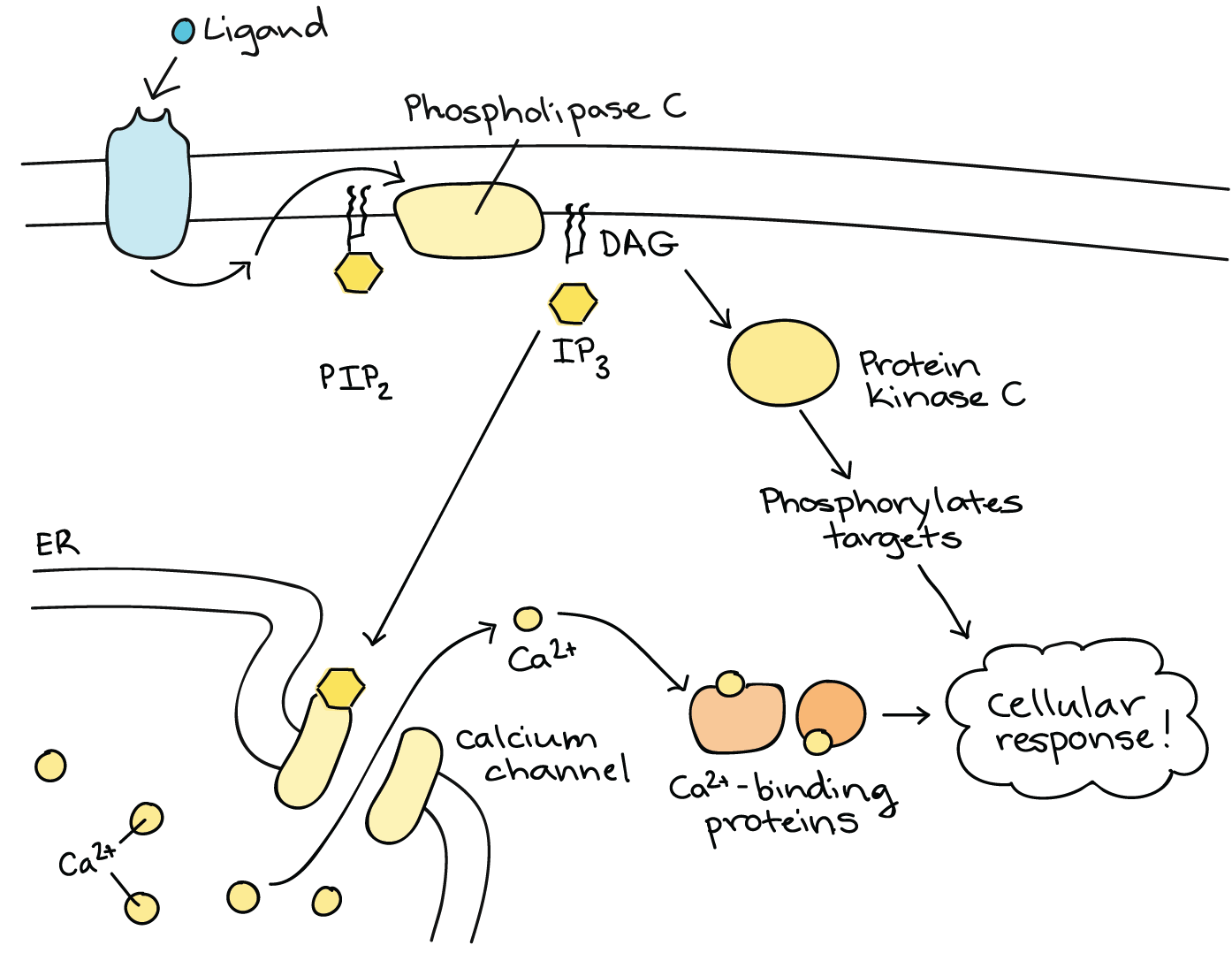 Source: khanacademy.org
Source: khanacademy.org
There are many different types of signals including peptides small lipophilic molecules small hydrophilic molecules and gases. Produced by signaling cells and the subsequent binding to receptors in target cells ligands act as chemical signals that travel to the target cells to coordinate responses. The types of molecules that serve as ligands are incredibly varied and range from small proteins to small ions like calcium Ca 2. 1 endogenous generation via a controllable enzymatic reaction by metabolism of sulfur-containing amino acids in the body. In VECs CO mediates protection against apoptosis by inhibiting the expression of CEBP homologous protein while upregulating p38 MAPK expression.
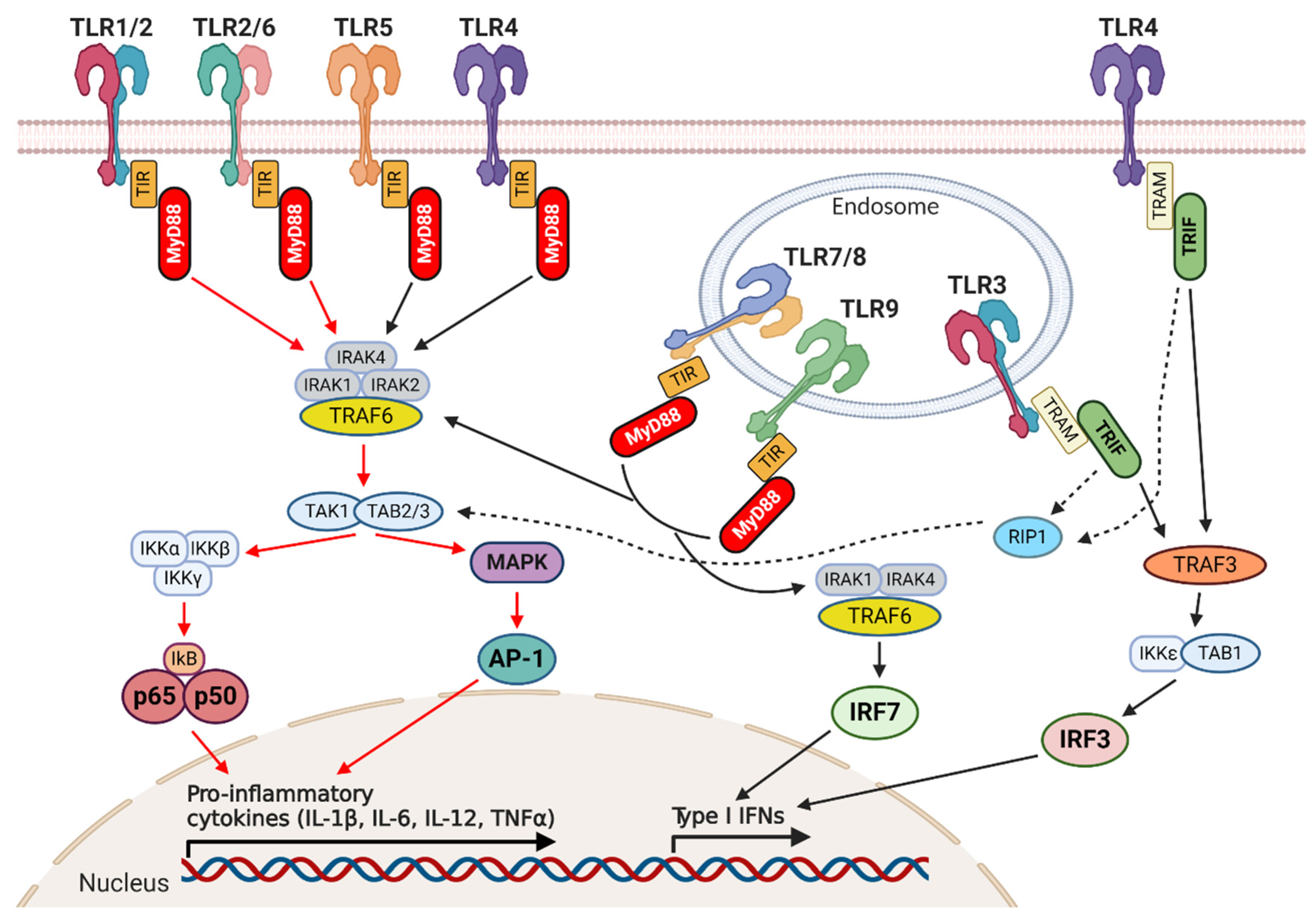 Source: mdpi.com
Source: mdpi.com
Produced by signaling cells and the subsequent binding to receptors in target cells ligands act as chemical signals that travel to the target cells to coordinate responses. 2 small molecular weight so can freely pass through the cell membrane and rapidly diffuse. Recent studies have demonstrated that estrogen regulates the production of these signaling molecules in cardiovascular cells to exert its cardiovascular protective effects. These intracellular receptors respond to small hydrophobic signaling molecules that are. In VECs CO mediates protection against apoptosis by inhibiting the expression of CEBP homologous protein while upregulating p38 MAPK expression.
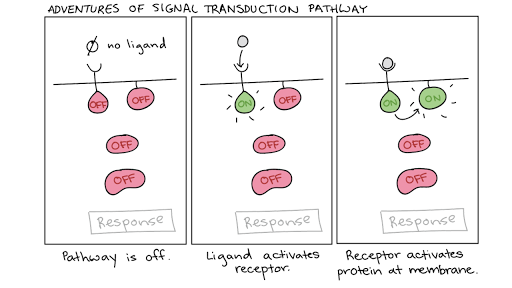
There are many different types of signals including peptides small lipophilic molecules small hydrophilic molecules and gases. Whereas the function of EIN2 in ethylene transduction is not known EIN3 is a putative transcription factor involved in regulating expression of ethylene-responsive genes. Gaseous signaling molecules GSMs such as oxygen nitric oxide hydrogen sulfide and carbon monoxide play key roles in regulating cell biological function and MDR. All signaling molecules act by binding to receptors expressed by their target cells. 3 clear cellular and molecular targets.
 Source: courses.lumenlearning.com
Source: courses.lumenlearning.com
Whereas the function of EIN2 in ethylene transduction is not known EIN3 is a putative transcription factor involved in regulating expression of ethylene-responsive genes. Ligands are produced by signaling cells and act as chemical signals that travel to target cells to coordinate responses. Our recently gained understanding of GPCR signaling circuitries including GEFs Ras and Rho GTPases MAPKs PI3Ks and their numerous downstream cytosolic and nuclear targets provide a more global view of the general systems by which these receptors exert their numerous physiological and pathological roles. Nitric oxide NO a reactive free radical gaseous molecule has been found to exist in a variety of organisms as a signaling molecule in the late 1980s Gomez-Osuna et al. Intercellular communication often involves soluble factors such as cytokines chemokines gaseous molecules nitric oxide NO carbon monoxide hydrogen sulfide growth factors and neurotransmitters and specific recognition by cell-surface receptors 74.
 Source: courses.lumenlearning.com
Source: courses.lumenlearning.com
EXTRACELLULAR SIGNAL MOLECULES Extracellular signaling molecules are critical regulators of physiology and development in organisms. Intercellular communication often involves soluble factors such as cytokines chemokines gaseous molecules nitric oxide NO carbon monoxide hydrogen sulfide growth factors and neurotransmitters and specific recognition by cell-surface receptors 74. Their pleiotropic effects raise an intriguing question about their mechanisms of action MOAs. Both the ethylene receptors and CTR1 are negative regulators of ethylene responses. Classes of signaling moleculesHydrophobic signaling moleculesUse nuclear receptorsNeurotransmittersPeptide signaling molecuelsEicosanoids2 through 4 use membrane receptors Signaling molecules Passively diffuse across cell membraneSteroid hormonesVitamin D3Thyroid hormoneRetinoid acidNitric oxide and COAll use intracellular receptorsfunction as.
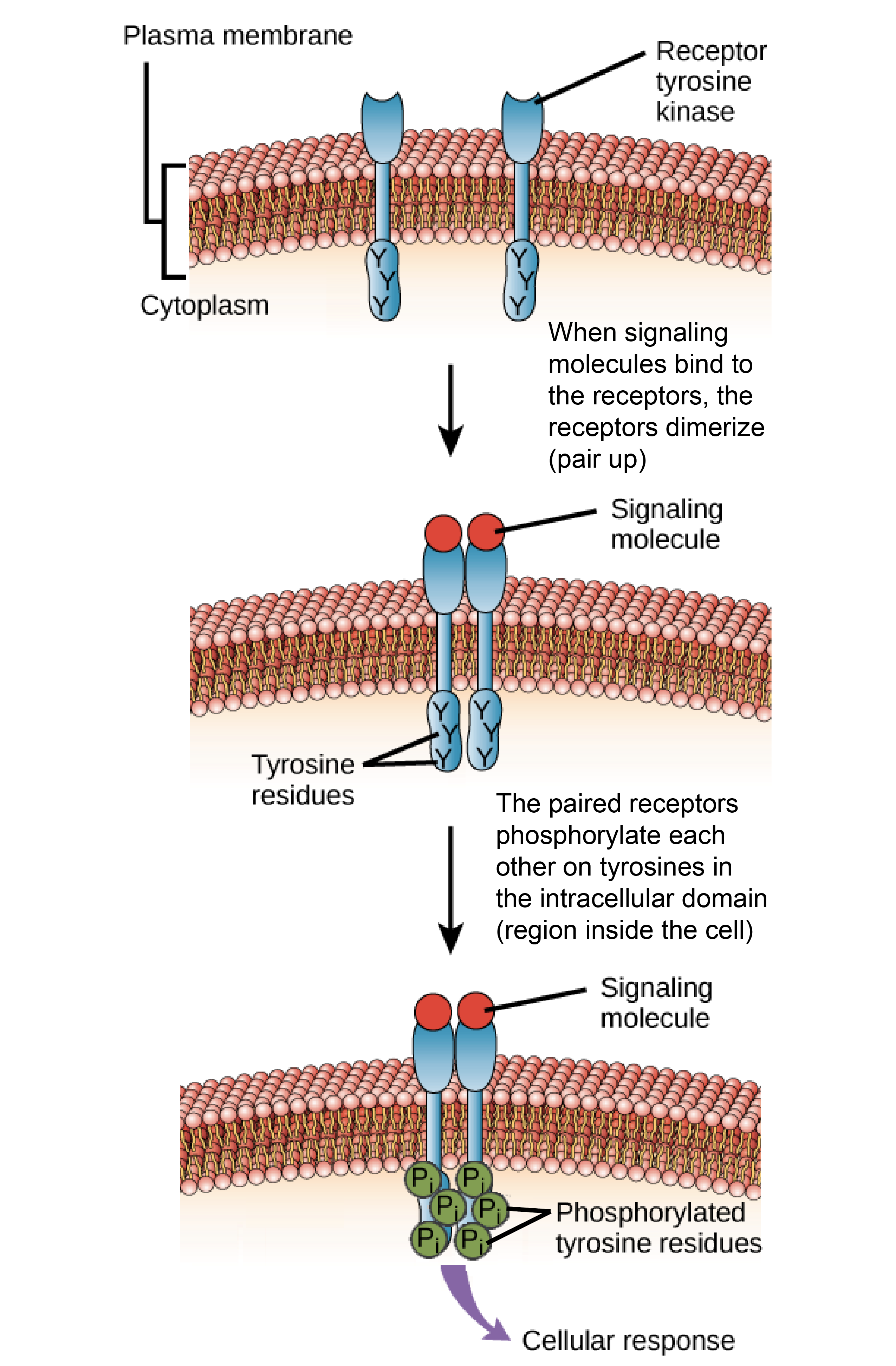 Source: khanacademy.org
Source: khanacademy.org
In many cases these receptors are expressed on the target cell surface but some receptors are intracellular proteins located in the cytosol or the nucleus. 3 clear cellular and molecular targets. Produced by signaling cells and the subsequent binding to receptors in target cells ligands act as chemical signals that travel to the target cells to coordinate responses. Endogenously produced gaseous signaling molecules such as hydrogen sulfide H 2 S nitric oxide NO and carbon monoxide CO have been shown to exert anti-inflammatory vasoactive and anti-oxidative effects among many other properties. Recent studies have demonstrated that estrogen regulates the production of these signaling molecules in cardiovascular cells to exert its cardiovascular protec-tive effects.
 Source: slideserve.com
Source: slideserve.com
Recent studies have demonstrated that estrogen regulates the production of these signaling molecules in cardiovascular cells to exert its cardiovascular protective effects. Our recently gained understanding of GPCR signaling circuitries including GEFs Ras and Rho GTPases MAPKs PI3Ks and their numerous downstream cytosolic and nuclear targets provide a more global view of the general systems by which these receptors exert their numerous physiological and pathological roles. Classes of signaling moleculesHydrophobic signaling moleculesUse nuclear receptorsNeurotransmittersPeptide signaling molecuelsEicosanoids2 through 4 use membrane receptors Signaling molecules Passively diffuse across cell membraneSteroid hormonesVitamin D3Thyroid hormoneRetinoid acidNitric oxide and COAll use intracellular receptorsfunction as. Recent studies have demonstrated that estrogen regulates the production of these signaling molecules in cardiovascular cells to exert its cardiovascular protec-tive effects. EIN2 and EIN3 are epistatic to CTR1 and mutations in either gene lead to ethylene insensitivity.
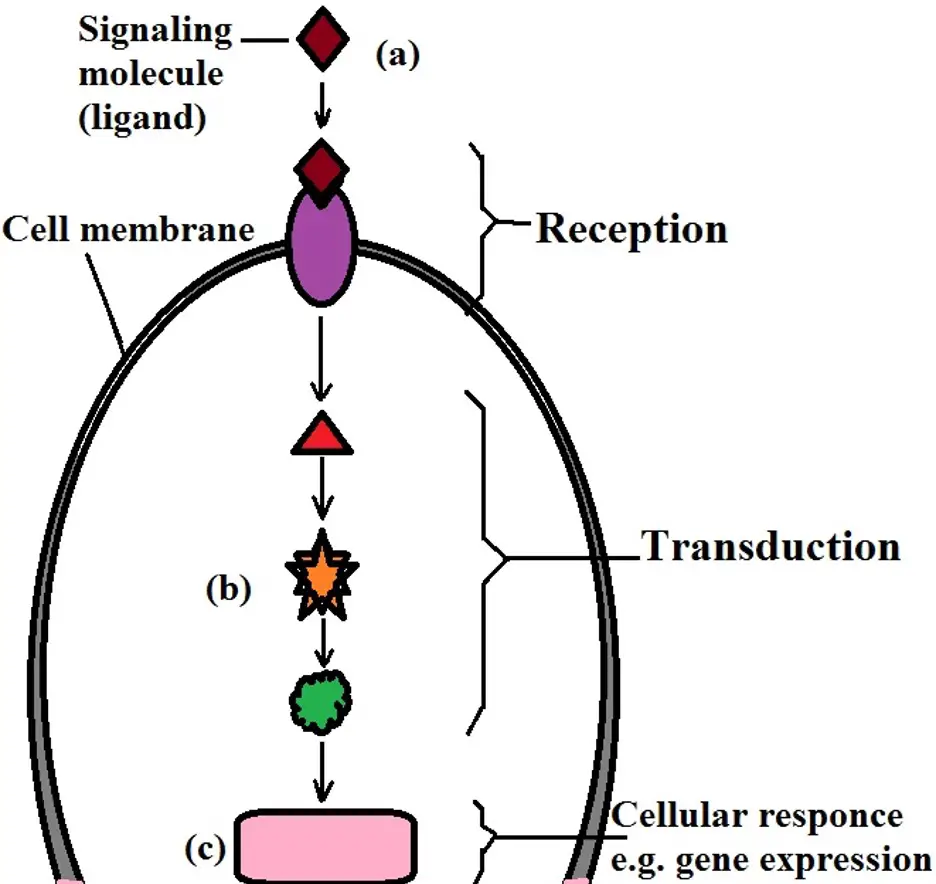 Source: microscopemaster.com
Source: microscopemaster.com
EIN2 and EIN3 are epistatic to CTR1 and mutations in either gene lead to ethylene insensitivity. Types NO gas Steroids Neurotransmitters Peptide hormones and growth factors Second messengers. Some of these molecules carry signals over long distances whereas others act locally to convey information between neighboring cells. The sulfur-containing gaseous signal molecules collectively have the following basic characteristics. NO is an important factor that controls plant growth and development responds to external stimuli and plays a significant role in protein translation and modification Brouquisse 2019.
 Source: organismalbio.biosci.gatech.edu
Source: organismalbio.biosci.gatech.edu
3 clear cellular and molecular targets. Gaseous signaling molecules including nitric oxide NO hydrogen sulfide H 2S and carbon monoxide CO are important regulators of cardiovascular function. Carbon monoxide CO hydrogen sulfide H 2 S and nitric oxide NO constitute endogenous gaseous molecules produced by specific enzymes. EXTRACELLULAR SIGNAL MOLECULES Extracellular signaling molecules are critical regulators of physiology and development in organisms. Some of these molecules carry signals over long distances whereas others act locally to convey information between neighboring cells.
 Source: mdpi.com
Source: mdpi.com
During paracrine signaling messenger molecules travel short distances through extracellular space. Our recently gained understanding of GPCR signaling circuitries including GEFs Ras and Rho GTPases MAPKs PI3Ks and their numerous downstream cytosolic and nuclear targets provide a more global view of the general systems by which these receptors exert their numerous physiological and pathological roles. The sulfur-containing gaseous signal molecules collectively have the following basic characteristics. Compared with other toxic chemosensitizing agents GSMs are endogenous and biocompatible molecules with little side effects. Binding of extracellular signaling molecules to cell- surface receptors trigger intracellular.
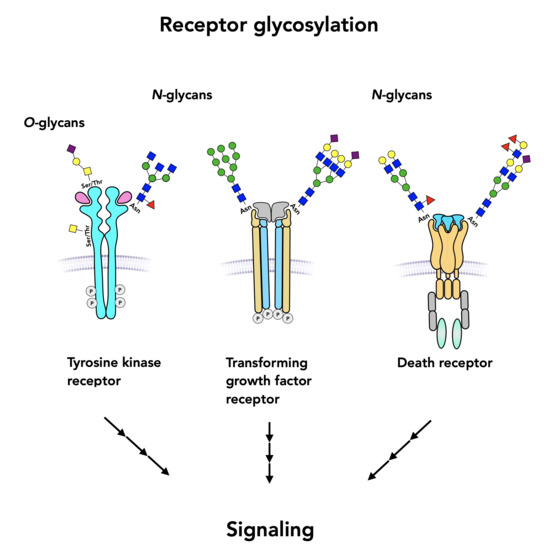 Source: mdpi.com
Source: mdpi.com
Recent studies have demonstrated that estrogen regulates the production of these signaling molecules in cardiovascular cells to exert its cardiovascular protec-tive effects. These gases are chemically simple but exert multiple effects and act through shared molecular targets to control both physiology and pathophysiology in the cardiovascular system CVS. Extracellular messenger molecules transmit messages between cells. NO is an important factor that controls plant growth and development responds to external stimuli and plays a significant role in protein translation and modification Brouquisse 2019. The production of gaseous signaling molecules NO H 2 S and CO is mediated through their respective enzymes eNOS CSE and HO-1 in vascular endothelial cells VECs.
This site is an open community for users to submit their favorite wallpapers on the internet, all images or pictures in this website are for personal wallpaper use only, it is stricly prohibited to use this wallpaper for commercial purposes, if you are the author and find this image is shared without your permission, please kindly raise a DMCA report to Us.
If you find this site adventageous, please support us by sharing this posts to your favorite social media accounts like Facebook, Instagram and so on or you can also save this blog page with the title gaseous signaling molecules and their receptors by using Ctrl + D for devices a laptop with a Windows operating system or Command + D for laptops with an Apple operating system. If you use a smartphone, you can also use the drawer menu of the browser you are using. Whether it’s a Windows, Mac, iOS or Android operating system, you will still be able to bookmark this website.





